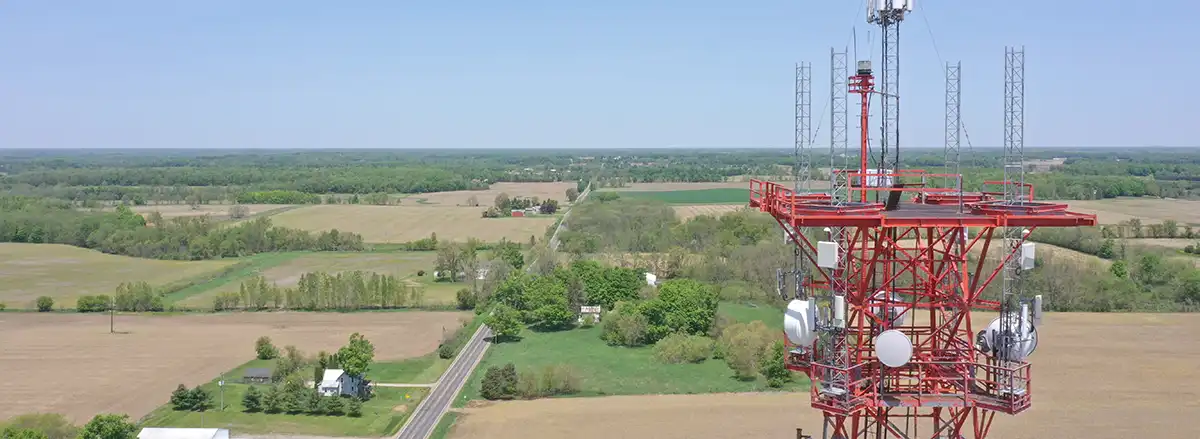What is the difference between upload and download speeds?
You can think of uploading as sending a letter to someone and downloading as recieving a letter.
Upload and download speeds are two fundamental aspects of internet connectivity that represent the data transfer rates in different directions:
- Download Speed: Download speed refers to the rate at which data is transferred from the internet to your device. It determines how quickly you can receive and access content from the internet. For example, when you stream a video, download a file, or browse a website, you are utilizing your download speed.
- Upload Speed: Upload speed, on the other hand, refers to the rate at which data is transferred from your device to the internet. It is relevant when you send emails, upload files or documents, share media, or engage in video conferencing or live streaming. Upload speed affects how quickly you can send data from your device to the internet.
In general, download speed tends to be higher than upload speed in most internet plans. This is because typical internet usage involves consuming more data (downloading) than creating and uploading data. The difference in speeds is primarily due to the way internet service providers allocate their network resources and the underlying capabilities of the communication medium.
It's important to consider both upload and download speeds when selecting an internet plan, especially if you engage in activities that require significant data uploads, such as video conferencing, content creation, or cloud backups. For most users, a balanced download and upload speed is desirable to ensure a smooth and responsive internet experience.
When comparing internet plans or troubleshooting connectivity issues, it's helpful to understand the difference between upload and download speeds to ensure that your chosen plan meets your specific needs and requirements.




